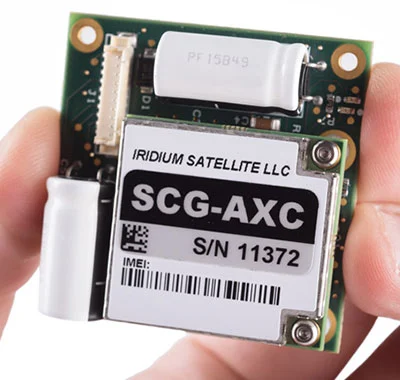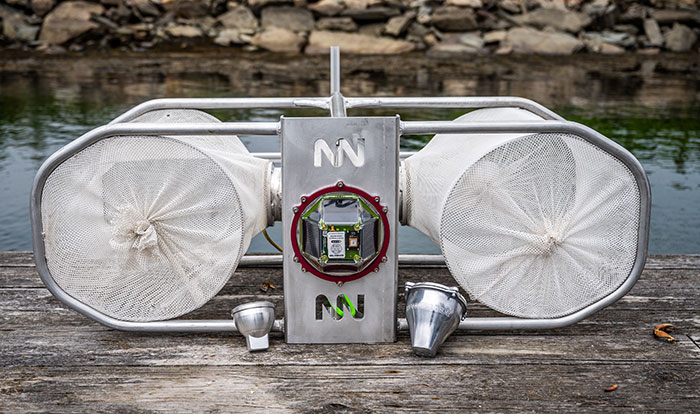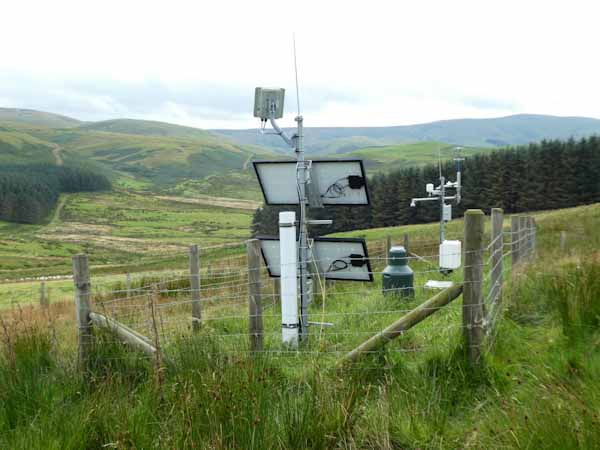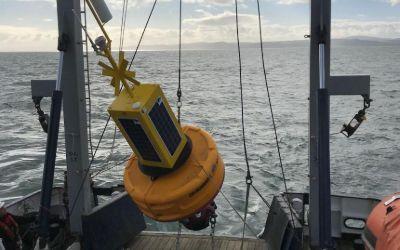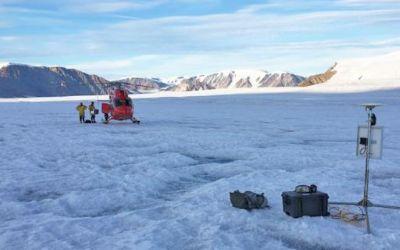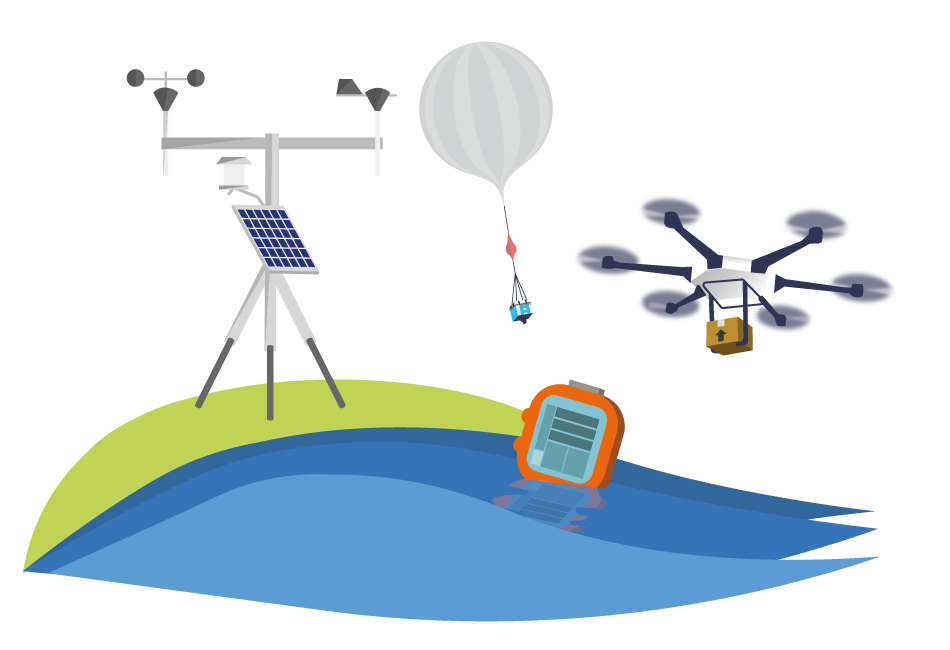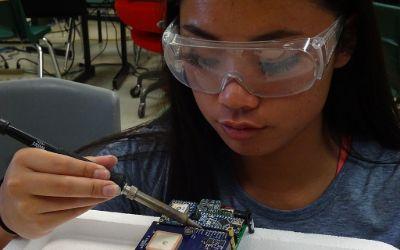Navigating to the ‘Alerts’ section within the main menu of your RockSTAR, you’ll be greeted by six alert types and an alert cancel. Here’s what each one means:
1. Timer Alert
The idea behind the timer alert is a one-time alert after a set time limit has expired. Set the timer for a time interval of your choosing. Once that time has expired, a ‘timer alert’ is sent from the RockSTAR to the server/first responders. They’re now aware that the timer has expired without human interaction turning it off. This is a one-time alert. The timer doesn’t reset afterwards.
Possible Use Case:
You’re in a remote location and are expected to be doing a job for 30 minutes. Set the timer for 60 mins and if it goes off then your responders know that you have taken twice the amount of time expected and they should do their level best to make contact.
2. Dead Man’s Switch
This is similar to the timer alert, except this is a recurring alert. Once the timer has been set, you’ll have 20 seconds before that time frame reaches its limit to push the ‘ok’ button to cancel the alert from being sent. You’re notified of this 20-second window by loud, consistent beeping from the unit. Once the timer cycle has completed, or you’ve pressed the ‘ok’ button during the beeping sequence, it refreshes and starts again.
Possible Use Case:
If you’re in an unsafe territory or doing a dangerous task, the dead man’s switch is a brilliant idea to ensure that you are constantly checking in with your team to assure them you’re ok and unharmed. As RockSTARs have set frequencies to send position reports, the dead man’s switch guarantees the unit hasn’t been left lying around giving off the impression that you’re safe, when you actually need assistance.
3. Temperature Alert
This is triggered when the values you have set are exceeded. You can set the high and low temperatures to values you think reflect the environment you’re operating in. These values relate to the RockSTAR board and circuitry, so the exterior might be incredibly hot or cold, but it’s the interior components that are being monitored. Once these temperatures are exceeded, an alert is sent so you can regulate the temperature.
Possible Use Case:
If you’re fighting fires or doing research in a cold environment, this alert is perfect to ensure you don’t damage your device.
4. Power Alert
If you’ve connected your RockSTAR to an external power source, then once the external power is removed, the unit detects ‘power loss’ and will send a message accordingly. If you have set your unit to ‘power mode’, so it only turns on with external power, and you remove the power source, then it will stay awake long enough to send a ‘power loss alert’ to the server. This way, each time the unit is turned off, someone is alerted.
Possible Use Case:
If you’re driving long distances in remote areas and require tracking without having to worry about battery life, then power loss alerts are a great way to inform you if your tracking has stopped, without having to wait for the scheduled report to be missing from the mapping.
5. Geofence Alert
There are two options for Geofence Alert – user and polygon. We’ll talk about user here. To learn about polygons, contact our support team and they’ll explain further.
A geofence draws an imaginary circle around a center point, and if that circle is left, an alert is sent notifying you of that breach. By pressing ‘centre point’ in this menu, you’re allowing the RockSTAR to record your GPS location. It then draws a circle based on the distance you’ve chosen. You then select how often you want the unit to check to see if you’re still in that circle. As soon as you leave it, an alert is sent.
Possible Use Case:
If you’re assigned an area for a specific reason – research, pest control, etc. – then geofences are a great way to ensure you keep to your assigned area and don’t encroach on prohibited or protected land.
6. Collision Alert
Inside each RockSTAR is an accelerometer. If you set the threshold of the unit to an appropriate G-force value and the duration that the unit sustains that G-force is exceeded, the accelerometer measures this and will send an alert notifying of this exceedance.
Possible Use Case:
Any situation that the unit is installed in a vehicle, this alert is a great tool to determine if the vehicle has sustained a server impact. By altering the threshold and duration, you can ensure that the unit only triggers when a crash occurs, as opposed to hitting uneven ground at speed.
Send Alert Cancel
Any time that an alert has been sent that you couldn’t stop in time, sending a cancel message will allow the responders to know not to misinterpret the alert that was just received.
If you’d like to know anything further about these alerts, or geofence polygons, don’t hesitate to reach out to our support team and we’ll do our best to assist.
Get in touch
Simply complete the form to find out whether the RockSTAR is the right fit for your organization. With our 20 years of expertise, we'll guide you in making the optimal choices for your critical communication requirements. If you prefer to speak to someone directly, call us on +44 (0) 1452 751940 (Europe, Asia, Africa) or +1.805.783.4600 (North and South America).


